Mission Timeline Summary
While every mission's launch timeline is different, most follow a typical set of phases - from launch to science operations.
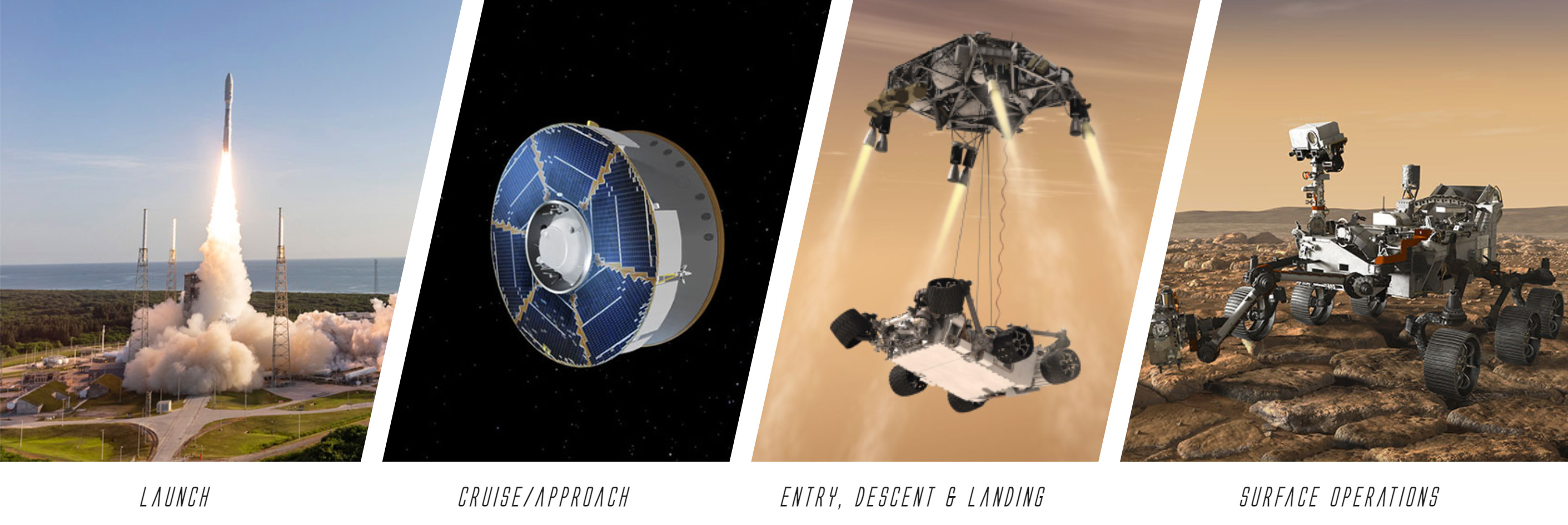
Pre-launch Activities
Preparation for the mission, including pre-project planning, science definition and instrument selection, landing site selection, assembly and testing, and delivery to the launch site.
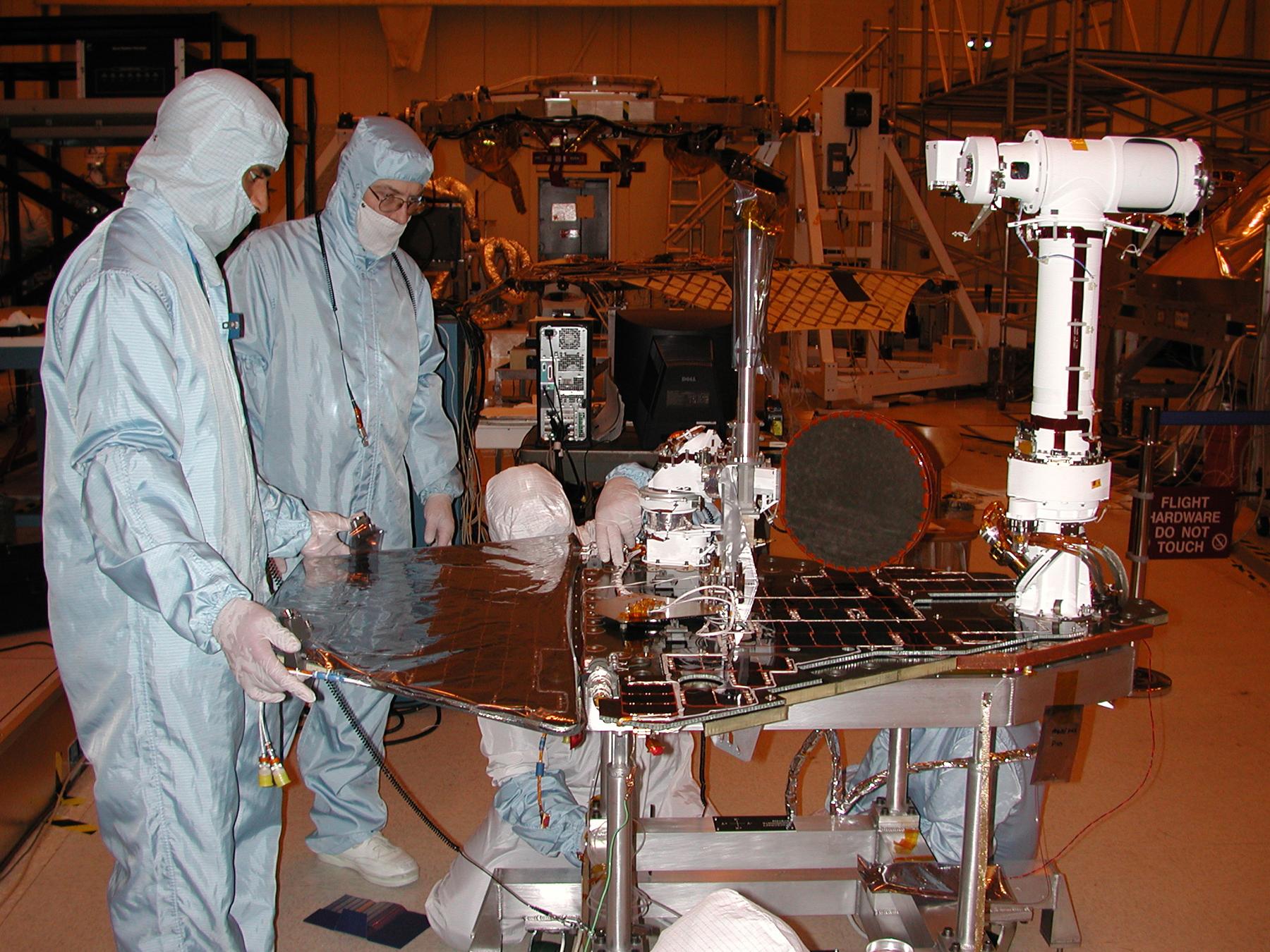
Launch
Liftoff from Earth.
Cruise: The Trip to Mars
The interplanetary cruise phase is the period of travel from Earth to Mars and lasts about 200 days. The phase begins after the spacecraft separates from the rocket, soon after launch. Engineers on Earth keep close tabs on the mission during cruise. Major activities include:
- Checking spacecraft health and maintenance
- Monitoring and calibrating the spacecraft and its onboard subsystems and instruments
- Performing attitude correction turns (slight spins to keep the antenna pointed toward Earth for communications, and to keep the solar panels pointed toward the Sun for power)
- Conducting navigation activities, such as trajectory correction maneuvers, to determine and correct the flight path and train navigators before orbit insertion or atmospheric entry. The last three correction maneuvers are scheduled during approach.
- Preparing for entry, descent, and landing (EDL) and surface operations, a process which includes tests of communications, including the communications to be used during EDL.
The mission is timed for launch when Earth and Mars are in good positions relative to each other for landing on Mars. That is, it takes less power to travel to Mars at this time, compared to other times when Earth and Mars are in different positions in their orbits. As Earth and Mars orbit the Sun at different speeds and distances, about once every 26 months they are aligned in a way that allows the most energy-efficient trip to Mars.
Orbiter’s Journey
Approach
The approach phase begins two months prior to Mars orbit insertion.
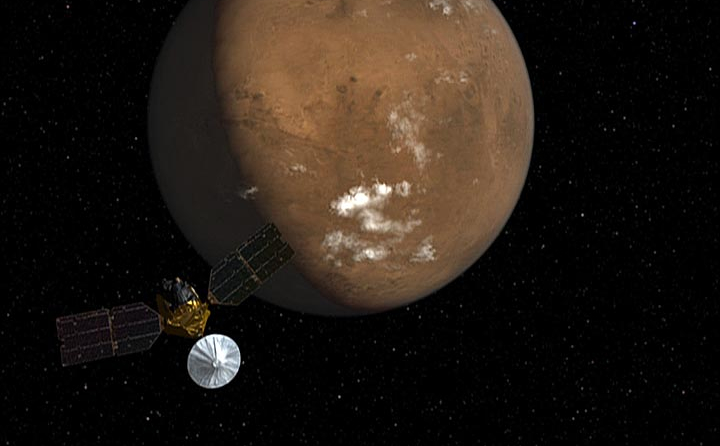
Mars Orbit Insertion
Mars Orbit insertion is the point in the mission when a spacecraft arrives just short of Mars, firing onboard rockets to slow its speed relative to the planet, and it is captured into a long, looping orbit.
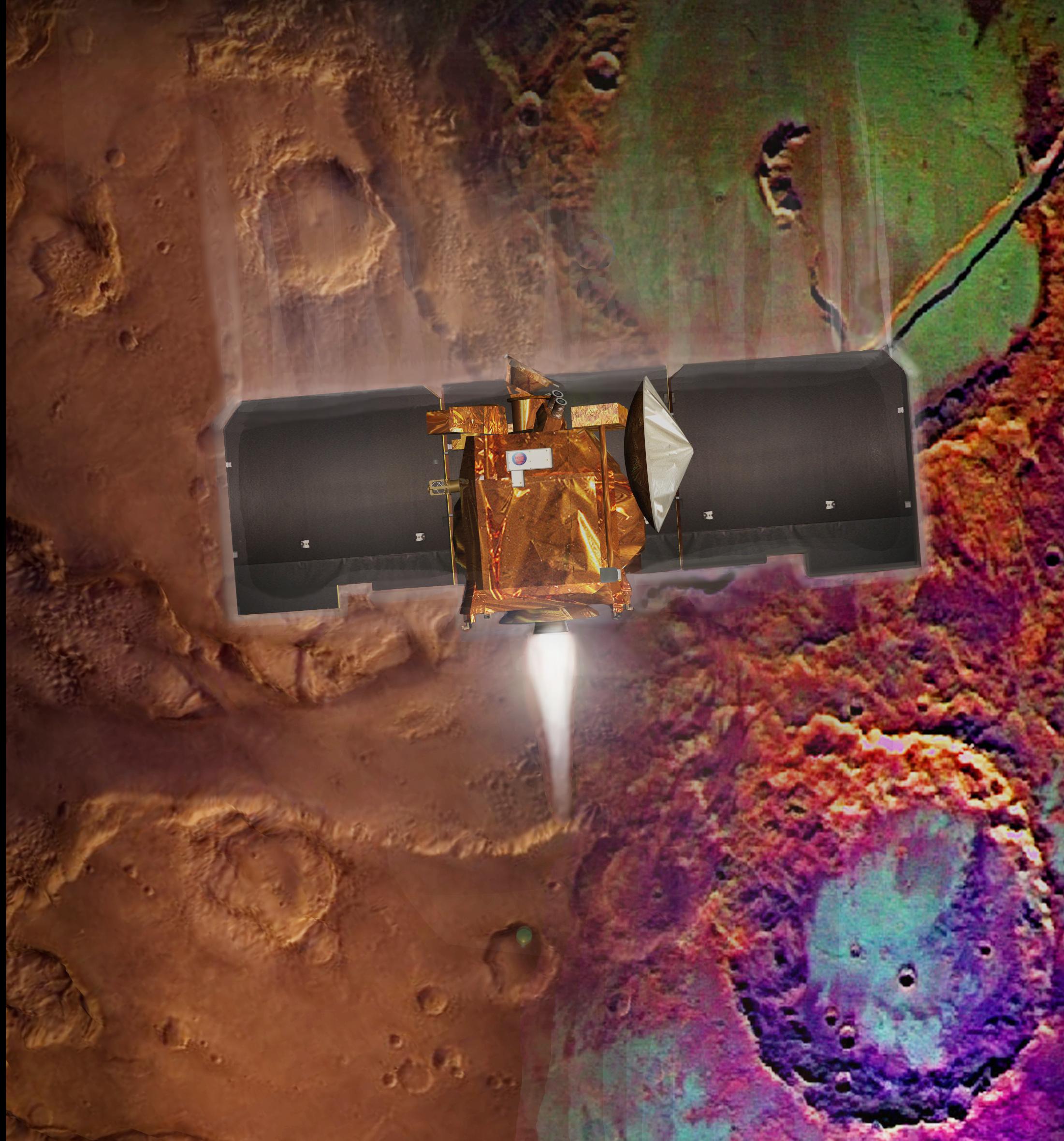
Aerobreaking
Aerobraking is a spaceflight technique wherein an orbiting spacecraft brushes against the top of a planetary atmosphere. The friction of the atmosphere against the surface of the spacecraft slows down and lowers the craft's orbital altitude. The solar panels are used to provide the maximum drag in a symmetrical position that allows some control as the spacecraft passes through the atmosphere.
Instead of using onboard jets and propellant to adjust a spacecraft's orbit, aerobraking uses the atmosphere as both a brake and a steering wheel. The technique, however, shares more elements with sailing than with driving: successful aerobraking depends upon precise navigation, knowledge of weather, and a solid understanding of the forces the craft can withstand.
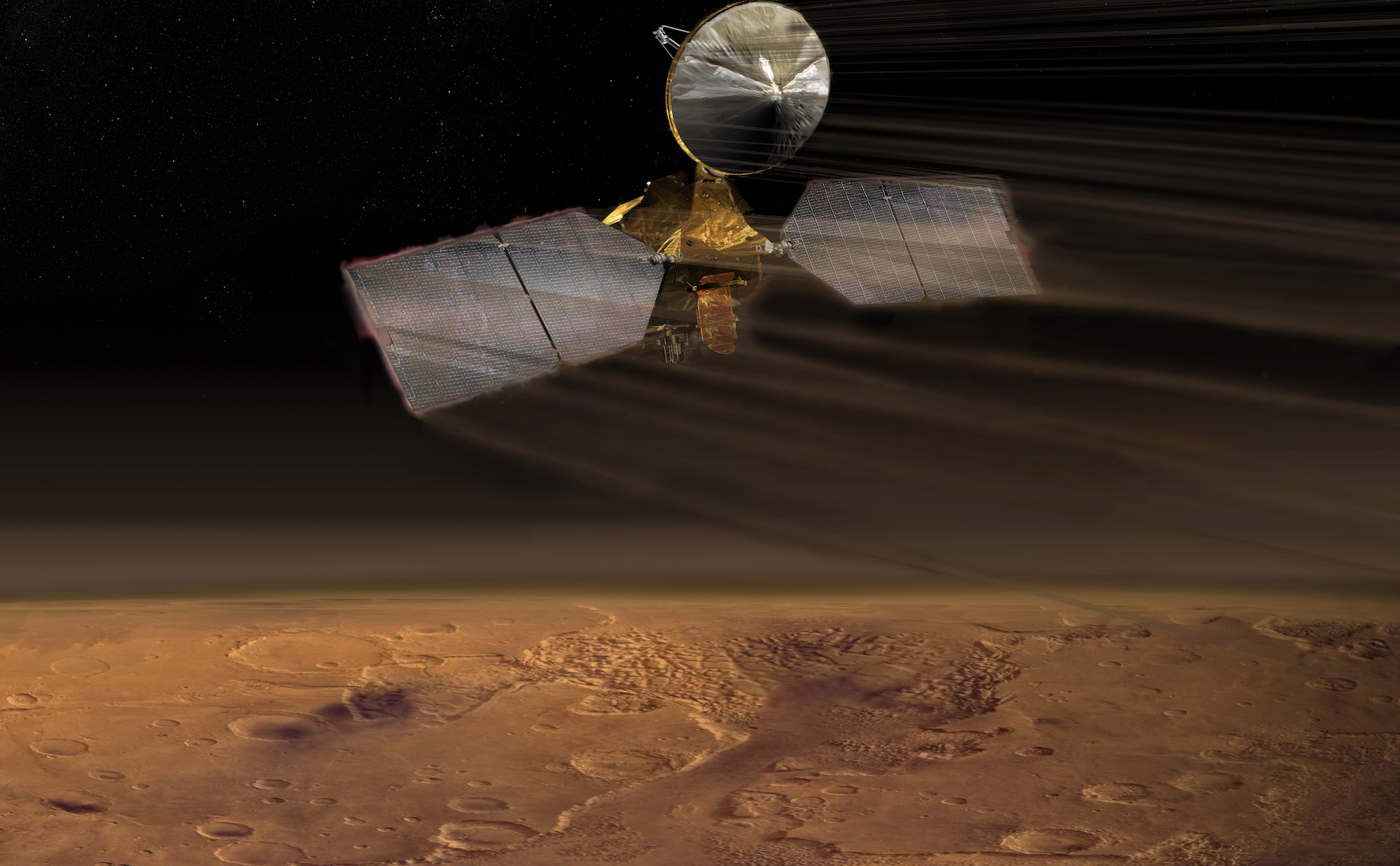
Science Operations
Orbiters begin their primary science phase when they enter science orbit and their instruments and other systems are calibrated and ready to collect science data.
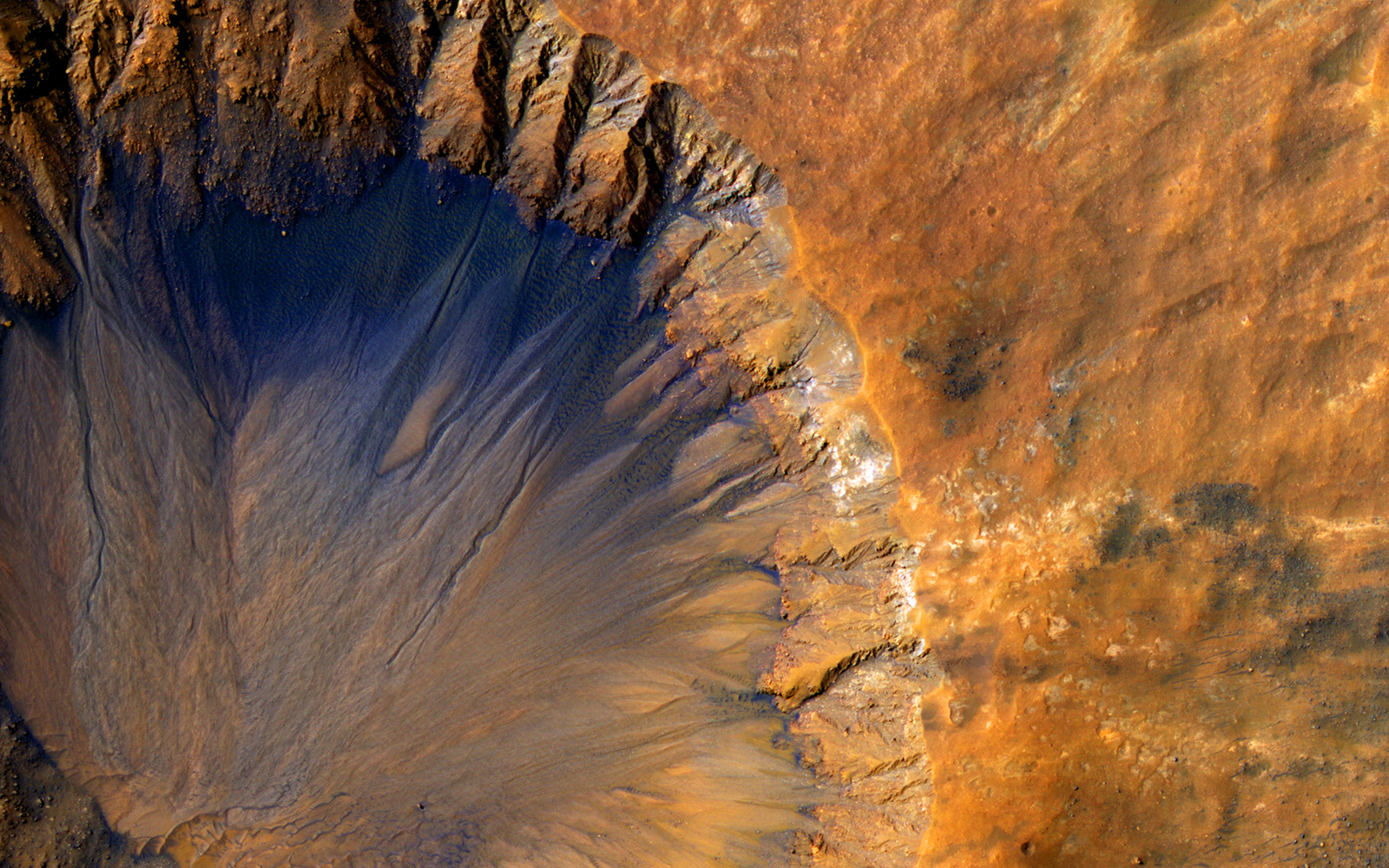
Communications Relay
At the end of their primary missions, orbiters support the Mars Exploration Program by providing communications support to future Mars missions during approach, navigation, and relay. The relay orbit is similar to that of the primary science orbit. In general, this orbit allows for relay access to any point on Mars. Most locations on Mars will have contact opportunities once or twice per day.
Relay activities and other activities in support of newly arrived missions have highest priority during the relay phase. Electra, the navigation and telecommunications relay payload, can provide UHF coverage to Mars landers and rovers on the surface using its nadir-pointed (pointed straight down at the surface) antenna.
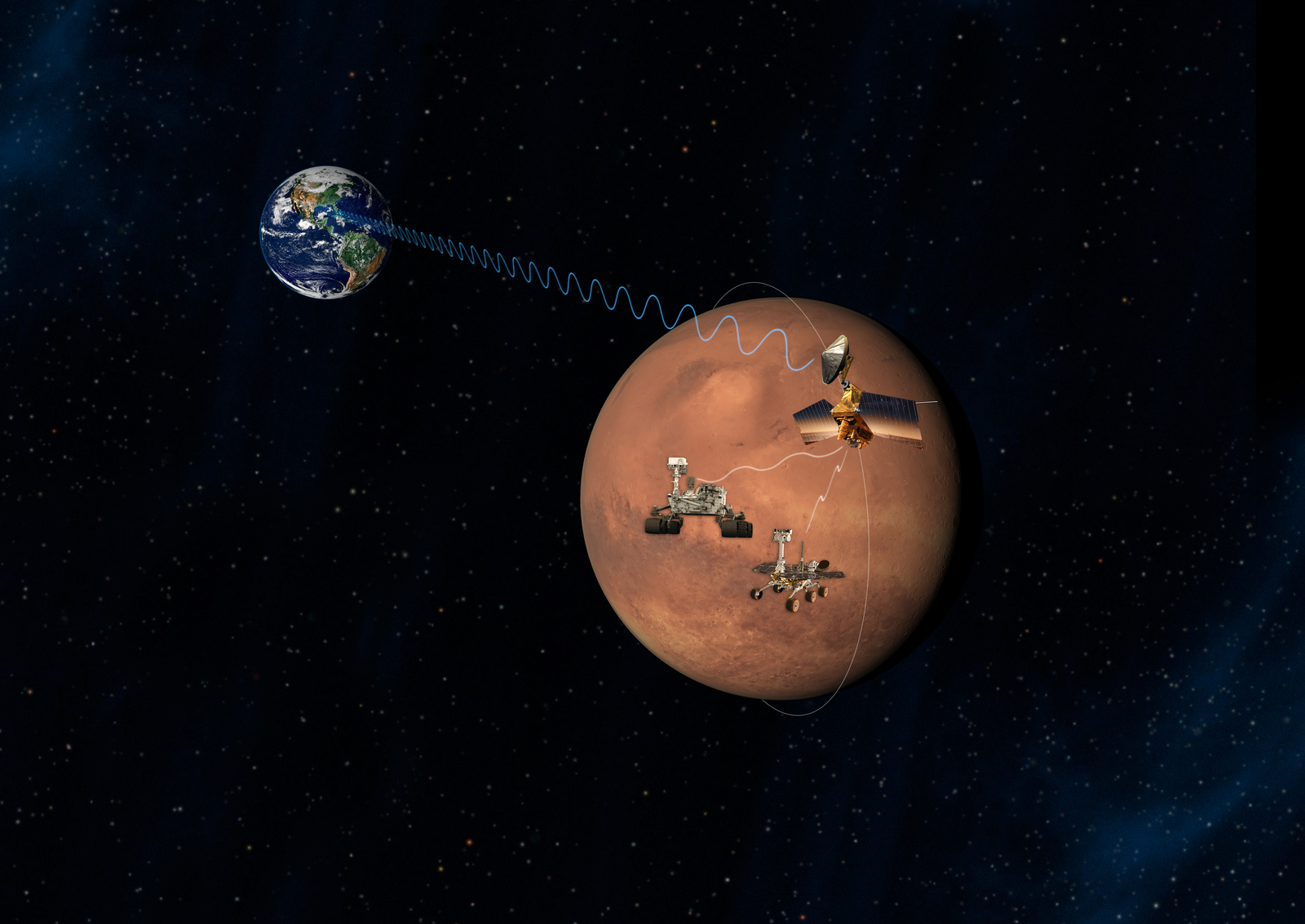
Rover/Lander’s Journey
Approach
To ensure a successful entry, descent, and landing, engineers began intensive preparations during the approach phase, about 45 days before the spacecraft entered the Martian atmosphere. It lasted until the spacecraft entered the Martian atmosphere, which extends 2,113 miles (3,522.2 kilometers) as measured from the center of the Red Planet.
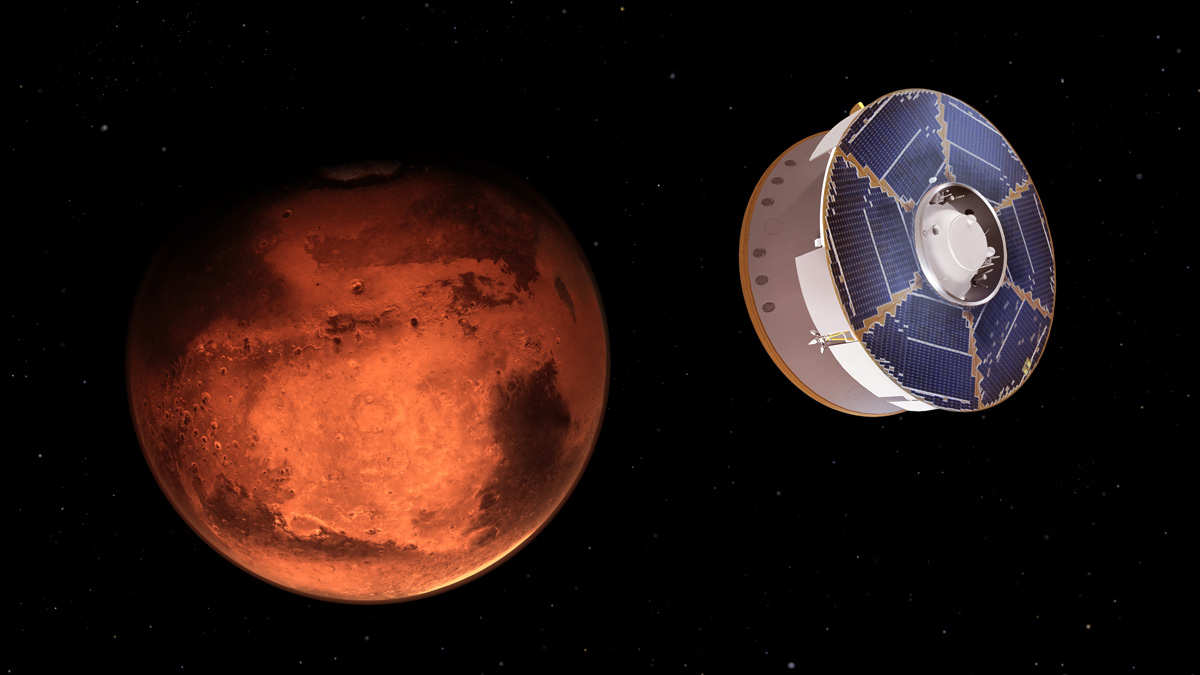
Entry, Descent, and Landing
Entry, Descent, and Landing – often referred to as "EDL" – is the shortest and most intense phase of a rover mission. It begins when the spacecraft reaches the top of the Martian atmosphere, traveling at high speeds. It ends about seven minutes later, with the rover stationary on the Martian surface. To safely go from those speeds down to zero in that short amount of time, while hitting a narrow target on the surface, requires “slamming on the brakes” in a very careful, creative, and challenging way.
Instrument Checks and First Drive
After landing, when engineers first conduct tests to ensure the rover is in a "safe state."
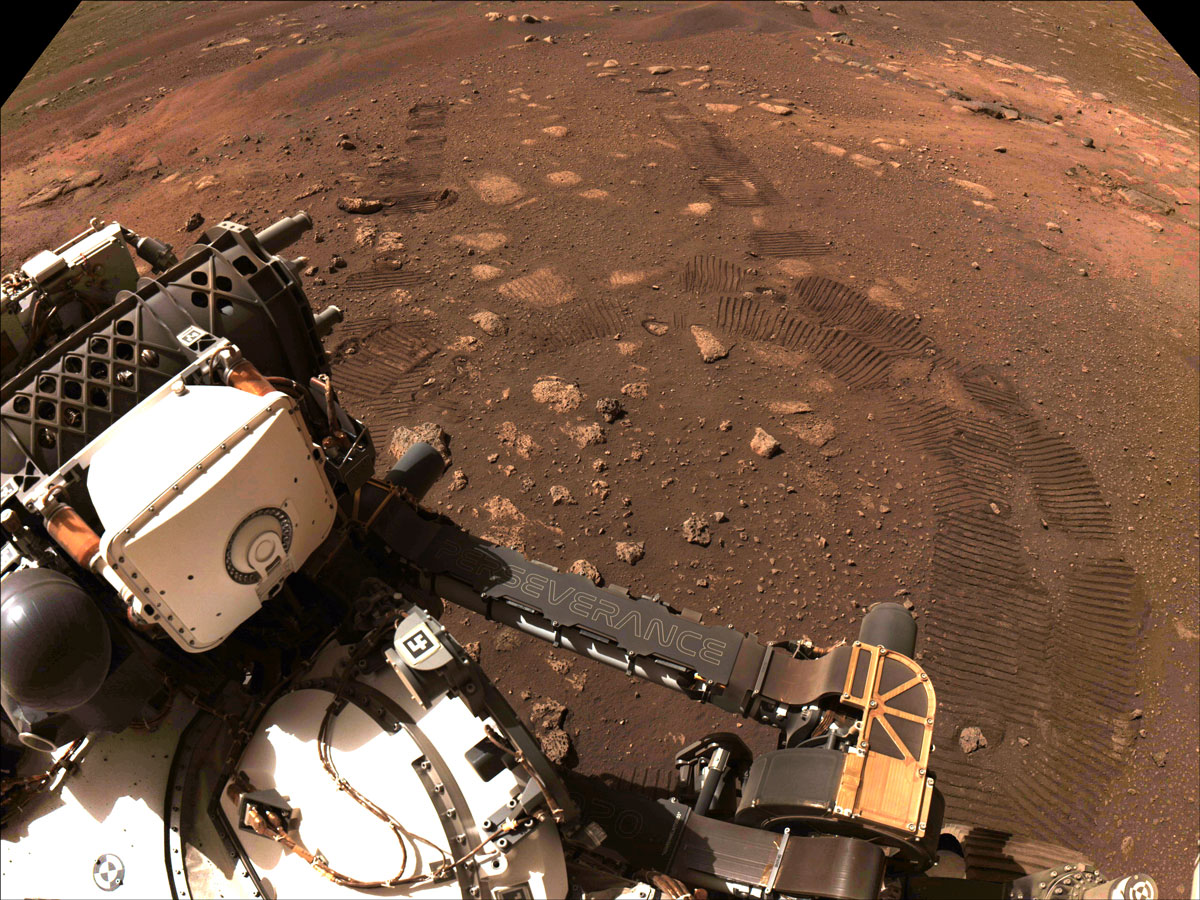
Surface Operations
For spacecraft that land on the surface of Mars, the surface operations phase is the time when spacecraft learn about Mars through day-to-day scientific activities of the rover.




